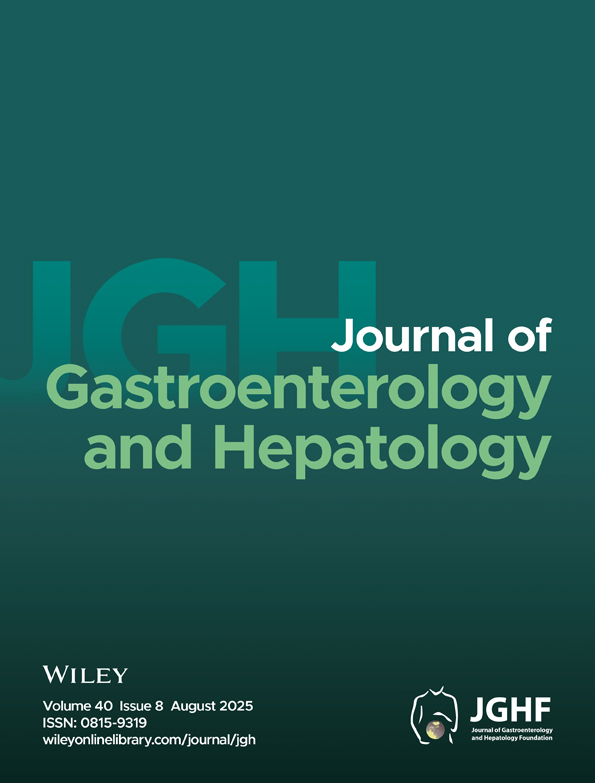EXPRESSION OF CYCLOOXYGENASE-2 PROTEIN IN SERRATED ADENOMAS OF THE LARGE INTESTINE
Abstract
Objectives Recent studies suggest that cyclooxygenase-2 (COX-2) protein is involved in colorectal tumorigenesis, but its expression in serrated adenomas (SAs), a newly recognized category of colorectal neoplasia, has not been investigated in detail. The aim of this study was to evaluate the immunohistochemical expression of COX-2 protein in SAs, especially compared with endoscopic features and with those in tubular adenomas and hyperplastic polyps.
Materials and methods A total of 79 SAs, 65 tubular adenomas, and 21 hyperplastic polyps, obtained by colonoscopic resection, was provided for the immunohistochemical staining using anti-COX-2 polyclonal antibody (PG27, 1:2500). The COX-2 expression was scored in a semiquantitative evaluation according to the staining intensity and extent of positive neoplastic cells: score 0, no or faint chromagen deposition; 1, weak intensity or moderate intensity < 50%; 2, moderate intensity or strong intensity < 50%; 3, strong intensity.
Results Colonoscopically, SAs were divided into the following two patterns; cerebriform (n = 44), and hyperplastic (n = 35) pattern. The mean COX-2 score in SAs with cerebriform pattern was significantly higher than that in SAs with hyperplastic pattern (1.61 vs. 0.97, P < 0.01). In contrast, the mean COX-2 score in SAs with hyperplastic pattern was significantly higher than that in hyperplastic polyps (0.97 vs. 0.20, P < 0.01). In 26 SAs accompanied with hyperplastic glands, the COX-2 expression in hyperplastic components was similar to that in traditional hyperplastic polyps, whereas its expression in serrated adenomatous components was similar to that in pure SAs.
Conclusions The colonoscopic feature of SAs correlated with the immunohistochemical expression of COX-2 protein. The COX-2 expression in SAs with cerebriform pattern was similar to that in traditional adenomas. On the other hand, SAs with hyperplastic pattern showed intermediate COX-2 expression between hyperplastic polyps and tubular adenomas. The expression of COX-2 protein may be involved in the progression from hyperplastic polyps to SAs with hyperplastic pattern, and to SAs with cerebriform pattern.




